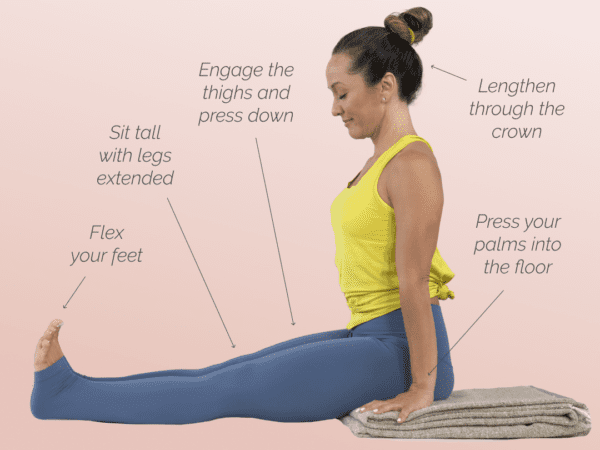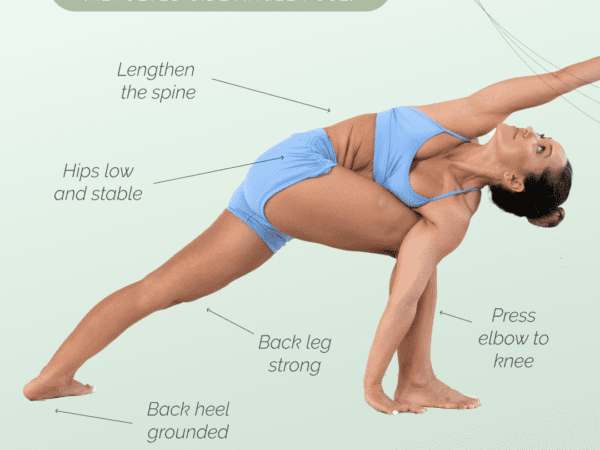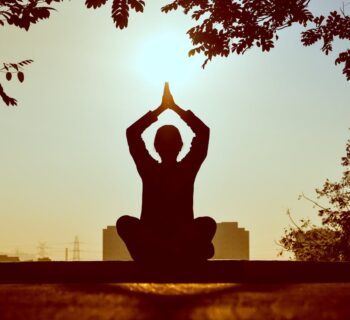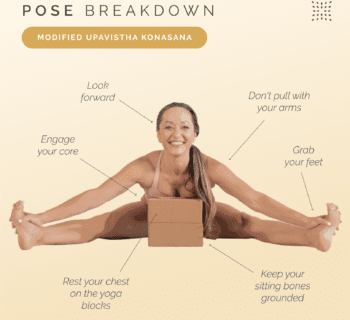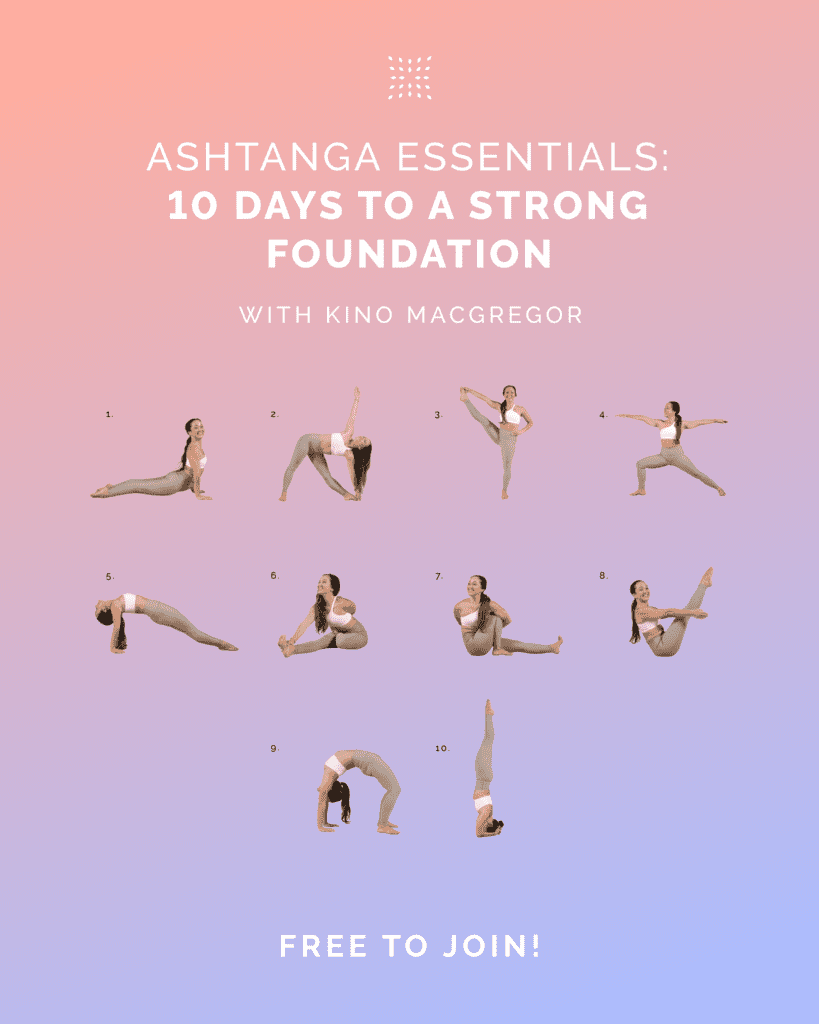Shalabasana, or in English, Locust Pose, is a powerful yoga asana that engages and strengthens the entire back body, including the spine, glutes, hamstrings, and core. This pose, which resembles a locust lifting off the ground, is often used to improve posture, boost energy, and prepare the body for deeper backbends. Here’s a step-by-step guide to performing Shalabasana correctly, along with the benefits and common mistakes to watch out for.
What is Shalabasana?
Shalabasana is derived from two Sanskrit words: Shalaba meaning “locust” and Asana meaning “pose.” This pose mimics the shape of a locust as it lifts off the ground, engaging the muscles in the back, legs, and core. The pose also promotes flexibility in the spine while strengthening the muscles that support it.
Benefits of Shalabasana
Before diving into the details of the pose, let’s take a look at the numerous benefits:
- Strengthens the back muscles: Shalabasana targets the erector spinae (muscles along the spine) and helps build strength in the lower back, which can prevent back pain and improve posture.
- Opens the chest: By lifting the chest and shoulders off the floor, this pose expands across the chest and strengthens the upper back.
- Improves posture: It helps correct slouching and encourages the proper alignment of the spine.
- Stimulates the abdominal organs: The compression in the abdomen promotes digestion and detoxification.
- Enhances flexibility in the spine: Over time, Shalabasana can increase spinal flexibility and mobility.
- Builds core strength: The pose activates the core, helping to develop overall strength and stability in the body.
How to Perform Shalabasana (Locust Pose)
1. Start in a Prone Position
Begin by lying face down on your yoga mat with your legs extended straight behind you. Keep your feet close together and your arms by your sides with the palms facing up. Your forehead should gently rest on the mat.
2. Engage Your Legs
Activate your legs by pressing the tops of your feet into the mat. When you feel your thigh muscles engaged, begin to lift your legs off the ground. Keep your legs straight and avoid locking your knees.
3. Lift the Chest and Arms
On an inhale, gently lift your chest off the ground by pressing your pubic bone into the floor. Simultaneously, press down through the backs of the hands, reaching your fingertips toward your heels. The key here is to use your back muscles to lift, not just your arms or legs.
4. Activate Your Core
Engage your core muscles, pulling your navel toward your spine. This will help stabilize your torso and prevent the lower back from overextending. The more you engage your core, the more you protect your spine.
5. Lift Your Upper Body
As you continue to inhale, raise your chest and thighs further off the floor. Keep your gaze forward, or drop your gaze slightly downward if that’s better for the neck. Your shoulders should remain away from your ears, and your neck should be in line with your spine. Keep breathing deeply and steadily as you hold the pose.
6. Hold and Release
Stay in the pose for at least five slow breaths, depending on your comfort level. To release, gently lower your chest, legs, and arms back down to the mat on an exhale. Rest in a neutral position, allowing your breath to return to normal.
Tips for a Successful Shalabasana
- Avoid Arching the Lower Back: It’s important not to over-arch your lower back. Instead, keep your core engaged and lift your chest and legs through the strength of your back and not by pushing too hard into the lower back.
- Breathe Deeply: Remember to breathe steadily throughout the pose. Deep inhales and exhales will help you maintain your balance and prevent any unnecessary tension.
- Engage Your Whole Body: To get the most benefit from the pose, make sure you’re engaging not only your back and legs but also your arms and core. It’s a full-body pose that requires coordination and engagement from head to toe.
- Modifications for More Accessibility: If you’re new to Shalabasana, you can start by lifting your legs and chest only slightly off the ground, and as your strength increases, you can gradually lift higher. You can widen the feet slightly if the lower back is sensitive to the position, just be careful not to let the thighs externally rotate. Another modification is to bend your elbows and press your hands by your rib cage for more support.
- Be Mindful of Your Neck: Keep your neck neutral by avoiding looking up. Looking up can strain the neck, so instead, keep your gaze slightly forward or toward the mat.
Common Misalignments to Avoid
- Tensing the Neck: Avoid pushing your head or neck forward while trying to lift your chest. Keep your head in a neutral position with the spine.
- Pushing Too Hard with the Hands: Sometimes, people rely too much on their arms for the lift. Instead, focus on using the back muscles to engage the movement and the arms for support, not for lifting the torso.
- Over-Lifting the Chest: While lifting the chest is important, over-lifting can lead to compression in the lower back. Make sure to lift with control and avoid arching excessively.
- Not Using the Core: Not engaging the core sufficiently can lead to unnecessary strain on the lower back. Keep the core engaged and lift from the strength of the back.
Contraindications for Shalabasana
- Lower Back Issues: If you have a history of severe lower back pain or injury, avoid this pose or consult with a qualified yoga instructor before attempting it.
- Pregnancy: Pregnant practitioners should avoid Shalabasana, especially in the later stages of pregnancy, due to the strain it can place on the abdomen.
- Neck Injuries: Those with neck injuries should proceed with caution and consult a healthcare professional or yoga teacher for modifications.
Conclusion
Shalabasana, or Locust Pose, is a wonderful yoga asana that offers a variety of benefits for the back, core, and overall strength. By practicing it regularly with proper alignment and awareness, you can build a more stable, flexible spine and improve your posture. Always listen to your body, and with patience and consistency, you’ll experience the many rewards of this powerful pose.




